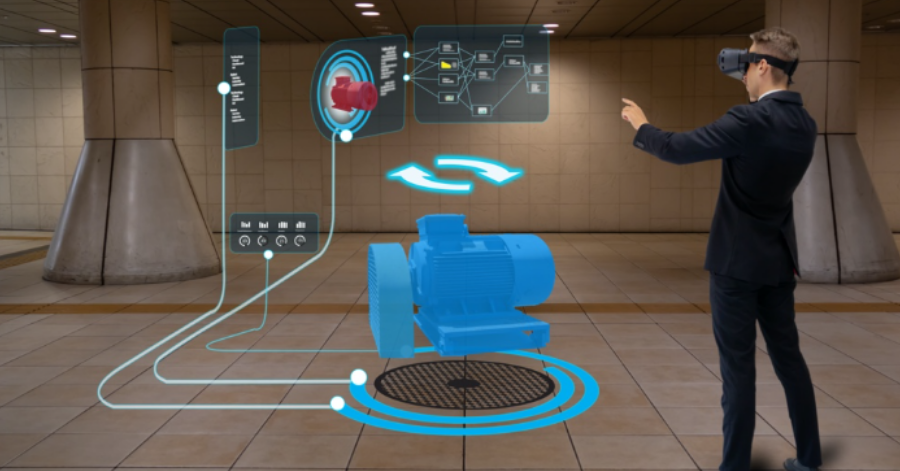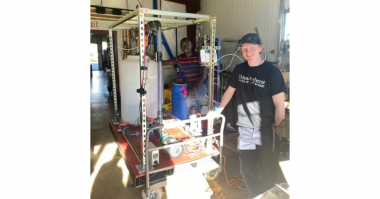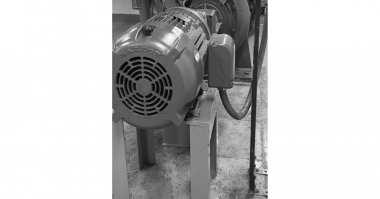Smart pump managers are constantly scanning available technologies to develop an advantage. Whether it’s looking at new sensor types, integrating more energy-efficient designs, or analyzing pump data for trends, there are many ways to wring more efficiency and performance out of installed pumps. Similarly, the largest technology companies are investing in new technologies that could revolutionize efforts in pump optimization. These technology innovations carry the potential of a new perspective: not only monitoring and protecting pumps in the moment, but also retaining important condition data that can be analyzed to highlight important trends. Three key technologies at this intersection point of pump monitoring and innovation are:
- IoT, the networking and tools to connect pumps and their sensor data streams more broadly
- Digital Twins, A virtual representation of pumps and their status away from the manufacturing floor. And,
- Data Analytics and Machine Learning, the tools to learn about steady state processes and detect anomalies that may signal need for intervention
The outcome of implementing these newer technologies could include better understanding of pump system conditions and maintenance needs, improved energy efficiency, and the potential to view data and status away from the factory floor. Additionally, these tools enable the analysis of interactions among the condition variables (e.g., flow, vibration, power and temperature) leading to potentially fuller understanding of the entire pump subsystem and resulting higher quality.
From Sensor sprawl to Digital Twin to Analytics-driven insights
Today’s pump monitoring is challenging. Pulling together condition variables such as flow, viscosity, vibration, power and temperature requires vigilance, maintenance and experience. The closer to the material being pumped, the potentially more hazardous the environment, and greater need for ongoing maintenance. A few of the challenges pump managers may be facing are:
- Capabilities: the experience to interpret condition data and diagnose problems and provide solutions requires significant expertise and experience not always available where problems exist
- Consistency: where interpretation of condition data requires human experience and decision-making consistent results may be difficult to achieve
- Cost: cutting into pipes and ongoing maintenance is costly
- Contact: In a time of pandemic, having solutions that require more people on the factory floor adds to the challenge of safety.
By connecting sensors through an Internet of Things approach, manufacturers can create a ‘digital twin’ of their pumping environment. This digital twin is a virtual representation of all the relevant condition parameters for pumps in the factory. This same stream of sensor data can be analyzed over time, yielding potential new insights into pump performance. Some examples:
- Power consumption data can be analyzed over time. The area under the curve of the pump motor power (Watts or HP) represents energy consumption (kWh). By monitoring increases in this variable efficiency gains can be identified
- Cross-condition variable comparison. By comparing time-stamped sensor inputs, a more complex view of pump performance can be developed. The visual ability to see inputs and reactions can create improvements in quality and insight into potential maintenance needs.
The Technologies
The Internet of Things
Rapid advancements in networking technologies make the concept of the Internet of Things increasingly achievable. New standards such as NB-IoT, LoRaWAN and WiFi HaLow offer dramatic improvements in range and signal clarity for large industrial environments. 5G adoption also furthers the options for large-scale deployments. Newer LoRaWAN options enable users to create their own networks, deploying simple-to-configure gateways to meet their connectivity needs at economical rates. These networks can offer kilometer ranges for connected devices and offer immunity from much of the signal noise that might impact shorter-range options such as WiFi and Bluetooth.
Devices for connecting existing sensors, either by vendor-specific protocols, industry standards like WirelessHART or open standards can be implemented to bring sensor data streams to the network.
All of the major cloud infrastructure companies (e.g., AWS, Azure, Google Cloud, IBM) offer IoT frameworks that enable management of numerous incoming data streams and downstream retention and analysis tools. Additionally, industrial IoT platforms such as PTC’s Thingworx and Davra offer platform tools for managing access and security that may prove useful.
Digital Twins
One of the most valuable capabilities of the cloud IoT environment is the ability to view a virtual representation of the different operating parameters of a pump in near real time. The Digital Twin is a visual replica of the physical pump, with captured data such as vibration, power (HP), temperature, flow, and other condition data. This data is married to known information about the pump such as location, brand, and motor sizing to create a visual ‘twin’ of each pump. Operating standards can be established to indicate proper running, or parameters that fall outside expected thresholds. This virtual replica of the pump can be monitored from anywhere, eliminating inconvenient or unnecessary trips to the factory floor.
Data Analytics and Machine Learning
While it is important to capture the condition data from pumps, and be able to visualize the environment, the most significant insights into your process will come from analysis of this data. From simple charting capabilities through multi-variable machine learning tools, the top IoT environments will offer module to gain these insights. Important tools to look for are time series data tools for graphing and trend analysis. More sophisticated but also available ‘on demand’ are multi-variable machine learning tools, often marketed as anomaly detection services. These capabilities allow you to understand your process with additional detail, factoring in the interactions between the condition variables, with near real-time and historical analysis available.
Getting Started
Many of the technologies listed here are available for free or very inexpensive trials. For a real-world example of connecting existing pump sensors to these types of tools, please reach out to us at Load Controls (www.loadcontrols.com/contact-us). Along with our sister company, Abilioty, we are connecting our sensors to advanced IoT environments via WiFi and LoraWAN. We’d be happy to share experiences with you and help you with your projects.





Comments